Art
Showing all 5 results
-
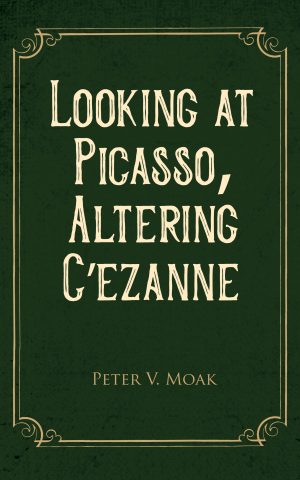
Looking at Picasso, Altering Cézanne

Peter Moak
About the Author
This book describes a visual approach to art. It stands in contrast to the current linguistic approach. It is about looking at art rather than reading about art. Looking at hundreds of works of art from the whole history of art demonstrates that every work of art needs to be seen in particular way, the way it was seen when it was made. We do not see the world directly. We see pictures of the world in our head. These are ten basic ways for looking at art based on the ways we look at the pictures in our head. These ten ways when applied to works of art from the Stone Age to the present reveal patterns in the ways of looking at art throughout history. They also reveal neglected masterpieces, famous works misidentified and how the misunderstood work of certain famous artist should be seen.About the Author
I have been an art historian for forty-five years. I have a Masters degree from New York University and a Doctorate from the University of Pennsylvania. I taught briefly at Villanova University and the University oh Hampshire, but most of my life has been devoted to understanding the visual order that underlies a work of art. In addition to working in libraries I traveled extensively here in Europe to see works first hand. Now that my travelling days are overdue to age and health I am concentrating on writing about what I have learned and discovered. I want to pass the information on to future generations and hopefully to inspire others to see art as it was made to be seen. To see The Parthenon, the Works of Michelangelo, Cézanne, Matisse and Picasso as they were made to be seen is very much worth the effort. -
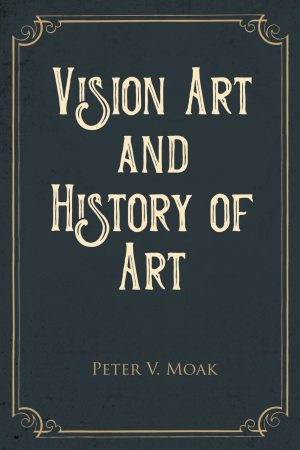
Vision Art and History of Art

Peter V. Moak
About the Book
This book describes a visual approach to art. It stands in contrast to the current linguistic approach. It is about looking at art rather than reading about art. Looking at hundreds of works of art from the whole history of art demonstrates that every work of art needs to be seen in a particular way, the way it was seen when it was made. We do not see the world directly. We see pictures of the world in our head. These are ten basic ways for looking at art based on the ways we look at the pictures in our head. These ten ways when applied to works of art from the stone age to the present reveal patterns in the ways of looking at art throughout history. They also reveal neglected masterpieces, famous works misidentified and how the misunderstood work of certain famous artists should be seen.
About the Author
I have been an art historian for forty five years. I have a Masters degree from New York University and a Doctorate from the University of Pennsylvania. I taught briefly at Villanova University and the University of Hampshire, but most of my life has been devoted to understanding the visual order that underlies a work of art. In addition to working in libraries I traveled extensively here and in Europe to see works first hand. Now that my traveling days are over due to age and health I am concentrating on writing about what I have learned and discovered. I want to pass this information on to future generations and hopefully to inspire others to see art as it was made to be seen. To see The Parthenon, the works of Michelangelo, Cézanne, Matisse and Picasso as they were made to be seen is very much worth the effort.
-
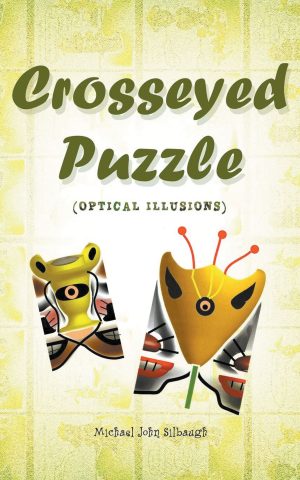
Crosseyed Puzzle

Michael John Silbaugh
About the Book
Crosseyed Puzzle” is 30 optical illusions that I invented over the years. It all started when I put a circle on a transparency and focused my eyes through the transparency paper until I saw two circles. This led me to the next step of drawing a face around the now two circles, which gave me the face of a bison. Then came the next step of coming up with a non-abstract picture, which looked to me like a Viking hat. Then I noticed that I didn’t have to focus my eyes through the picture to convert the Viking hat into a Bison. Instead, I could print the optical illusion on a plain paper and cross my eyes. Therefore, I came up with the book “Crosseyed Puzzle”.
About the Author
I was born in Stoughton, Wisconsin. I went to high school in a small quiet town called Evansville, Wisconsin. Went to college at U.W. Rock county, Wisconsin getting a degree in science and art.
-
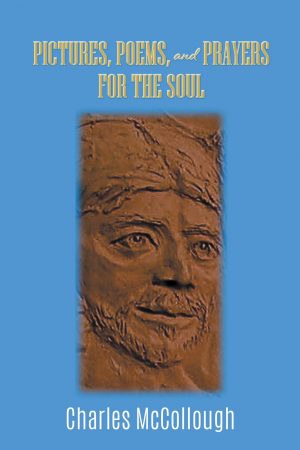
Pictures, Poems, and Prayers for the Soul

Charles McCollough
About the Book
This book is humorous autobiography, poetry and prayers of a man who struggled with dyslexia all of his life. He became a minister, social activist, theologian, and visual artist. He struggled with these different roles for years until he found a way to combine all of them in books and presentations using his own art. Without knowing why earning a doctorate was such a struggle for him until he finished his Ph.D., he was often lost. Finally, when he finished his PhD, he discovered that he had a peculiar way of learning, in which he could combine the gifts of verbal, academic theology, and visual imagination. The three main sections of this book illustrate that combination of story-telling, drawing, sculpting, poetry and prayers, and show how this malady of dyslexia became a blessing.
The book begins with a humorous version of McCollough’s early years dealing with his dyslexia when he did not know what it was or that it was holding him back. The second section contains his poetry illustrated with his drawings and sculptures. The third section is of prayers written when he was serving a parish, for use in church or private meditation. The epilogue is his account of testifying before Congress and a story of a feisty woman who showed a depressed church committee how to work for social justice and to witness to her faith. Deeply personal and broadly applicable, McCollough’s search for faith is a humorous and moving account that inspires and encourages other faith seekers.
About the Author
After graduating from the University of Texas with a B.A. and from Perkins School of Theology (Southern Methodist University) with a B.D. and from Drew University with a Ph.D., he served a local church in Barrington, RI as the Teaching Minister. He then went on to serve on the national staff of the United Church of Christ as an adult educator. Later he became a policy advocate for the UCC in Washington, DC. All along he developed his skills as an artist. His books and presentations are illustrated with his drawings and sculpture. He and his spouse Carol, also an educator at Princeton University and Mercer County College, rebuilt an 1860 farm house and barn which houses his art studio and sculpture display. Together after their retirement they have taken their presentations combining art, theology, and marriage enrichment throughout the western world. They have three grown children, two grandchildren, two horses, four cows, and some chickens.
-
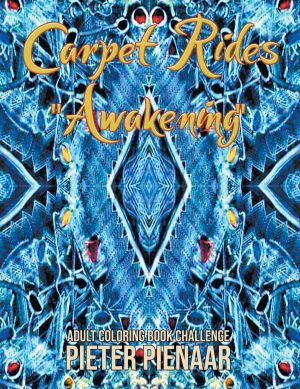
Carpet Rides
Awakening

Pieter Pienaar
About the Author
“Pieter was born in Kuruman in 1964, a town which is part of the Northern Cape in South Africa, better known as the Kalahari. He studied education at teachers’ college and specialized in primary school mathematics and educational speech and drama. His university majors for the secondary school focused on languages, namely, English and Afrikaans. He started his teaching career as a teacher of English but art has always been his true passion and through a series of interesting events, he became an art teacher in 1998; he has been in the colourful classroom for the last twenty-two years. As a result of his art teaching career, he became interested in the arts therapies and embarked on further part-time studies.
In 2008 he obtained his PhD from the University of Pretoria in Learning Support, Guidance and Counselling with a dissertation entitled: The impact of narrative arts activities on the self-concept of grade 9 learners in group context. His postgraduate studies investigated the value the arts (plural) hold for self-insight. His studies opened a new door for him, which is to occasionally present motivational courses to people who require self-insight, by harnessing the therapeutic aspects of the arts to “awaken” people to their own potential. These activities he calls motivational narrative arts activities.
He is passionate about art making and believes that being creative grants us opportunities to reconnect with ourselves and to rediscover our forgotten dreams and talents. Being a full-time teacher does not allow him much time to do traditional art work on a large scale. He enjoys doing “”quick”” abstracts or spout drawings (and still life paintings – when he has time to concentrate) during school holidays. Since the completion of his PhD-studies he participated in a number of exhibitions. He has exhibited on three continents thus far.
In August 2012 he left South Africa to become an art teacher at an international school in Jeddah, Saudi Arabia. In August 2016 he moved to China and accepted art teaching roles in Suzhou and Wuhan. In August 2018 he returned to Saudi Arabia. As a result of his international teaching experiences he wrote and published three books in which he describes life and his artistic ventures in his host countries. Creating a series of colouring books, based on his own work, is his latest publishing venture. His other interests are: photography, video production, creating music as an amateur, cooking, gardening and collaborating with other artists.
[email protected]
20-22 Wenlock Road, London N1 7GU +44-20-3656-5431
6065 Roswell Road, #450 Atlanta, GA 30328-4011 +1 855 515 1361
Payments made through this site are secure.